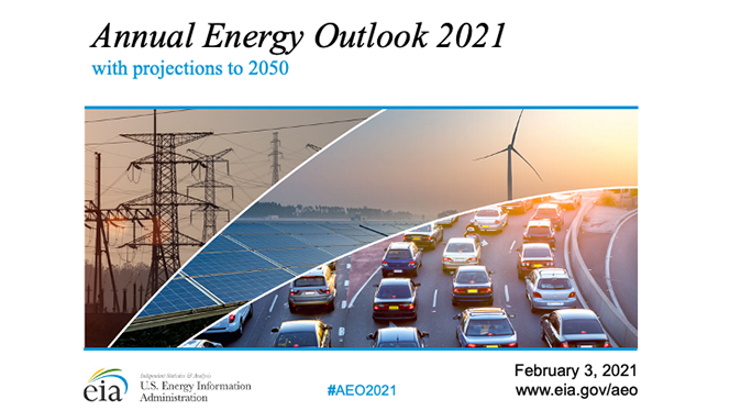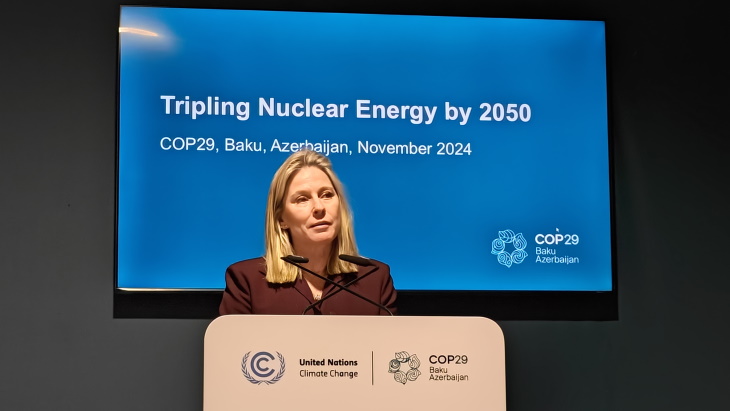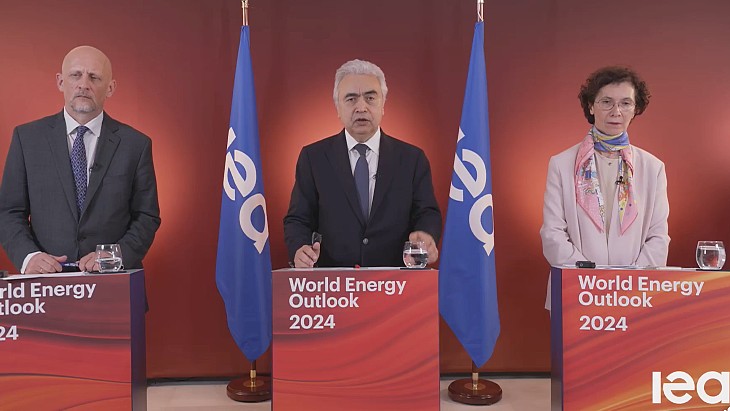US energy sector will take years to reach its 'new normal': EIA

The outlook, launched yesterday at an event hosted by Washington, DC think-tank the Bipartisan Policy Center, uses modelled projections to explore long-term energy trends to 2050. In it, EIA projects that total US energy consumption will return to 2019 levels by 2029, although that this is "highly dependent on the pace of US economic recovery": an assumption of lower economic growth does not see energy consumption projected to return to 2019 levels until 2050.
Electricity demand is largely projected to return to 2019 levels by 2025, with renewables accounting for almost 60% of the capacity additions from 2020 to 2050. The generation shares of coal and nuclear are projected to fall to about half of their current levels, according to the baseline projections.
In most cases, US energy-related CO2 emissions are projected to decrease until 2035, after which they begin to level off or to increase. This reflects an overall rise in energy use as a result of increasing population, the report notes. However, even in the highest economic growth case, energy-related CO2 emissions are projected to remain lower than their 2007 peak of 6 billion tonnes.
EIA Acting Administrator Stephen Nalley said: "The pandemic triggered a historic energy demand shock that led to lower greenhouse gas emissions, decreases in energy production, and sometimes volatile commodity prices in 2020. The pace of economic recovery, advances in technology, changes in trade flows, and energy incentives will determine how the United States produces and consumes energy in the future."
The EIA's baseline Reference case projections assume that current laws and regulations affecting the energy sector remain unchanged throughout the projection period, and examines a future in which slower growth in consumption in an increasingly energy-efficient US economy contrasts with technological progress in renewable sources, oil, and natural gas. Alternative cases in the report consider variations in economic growth, commodity prices and supply, and technology costs. The projections are subject to heightened levels of uncertainty because of the ongoing effects of COVID-19, the EIA said.

_99697.jpg)








_88592.jpg)

